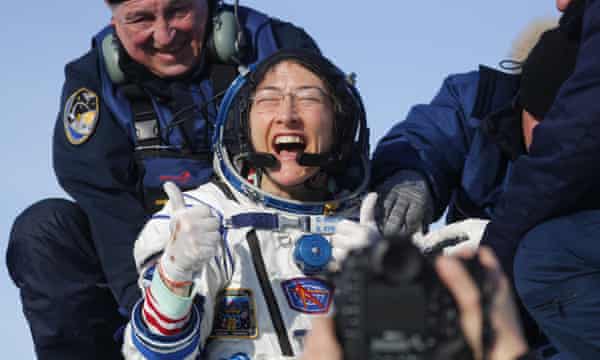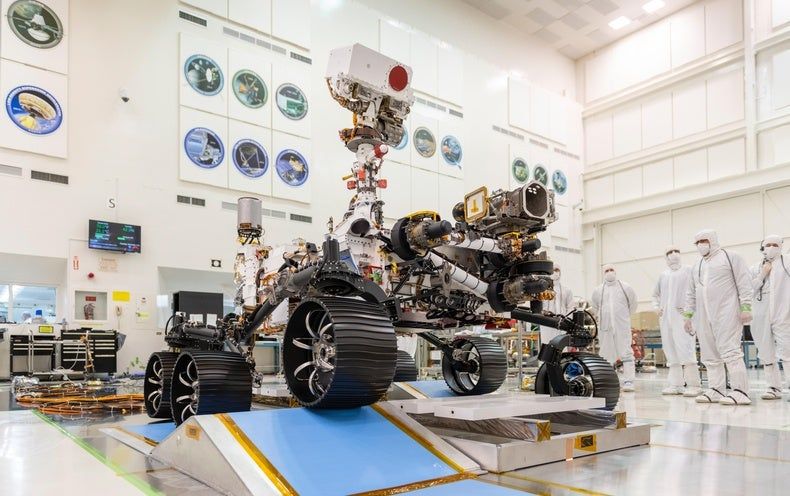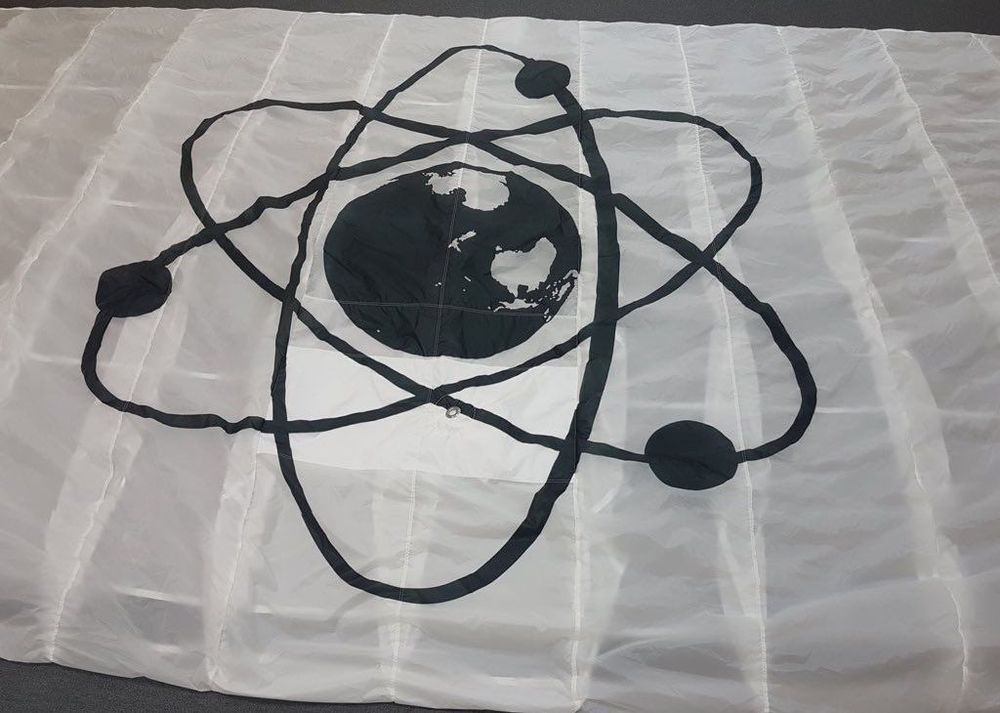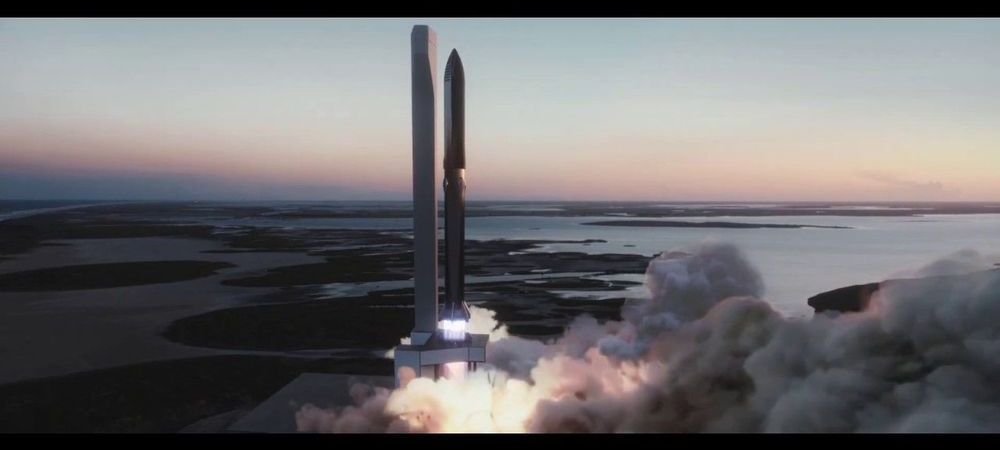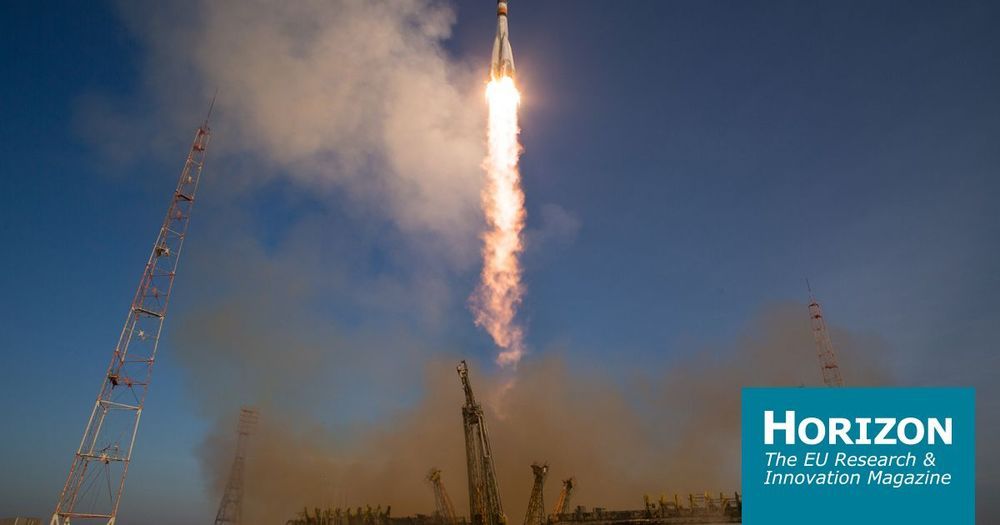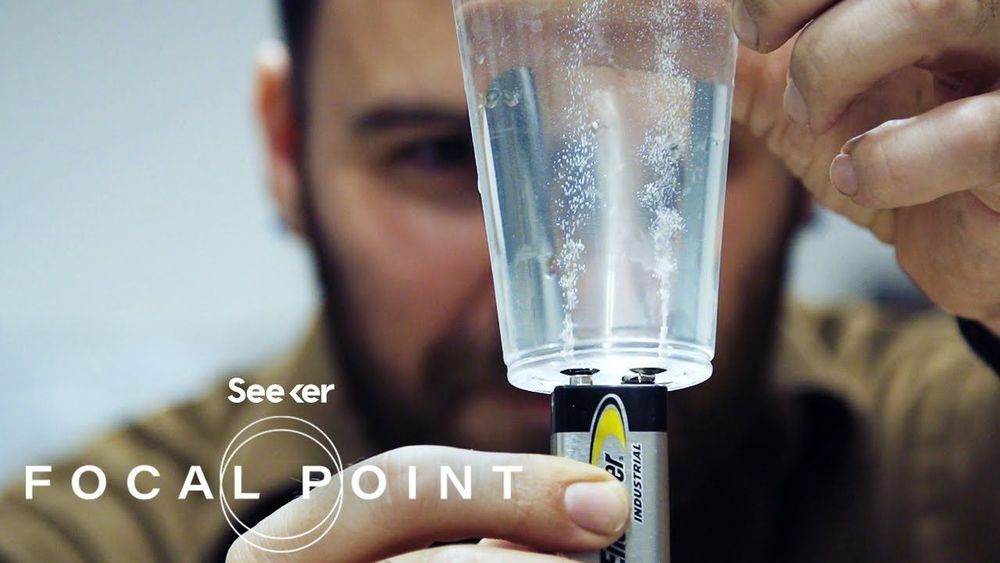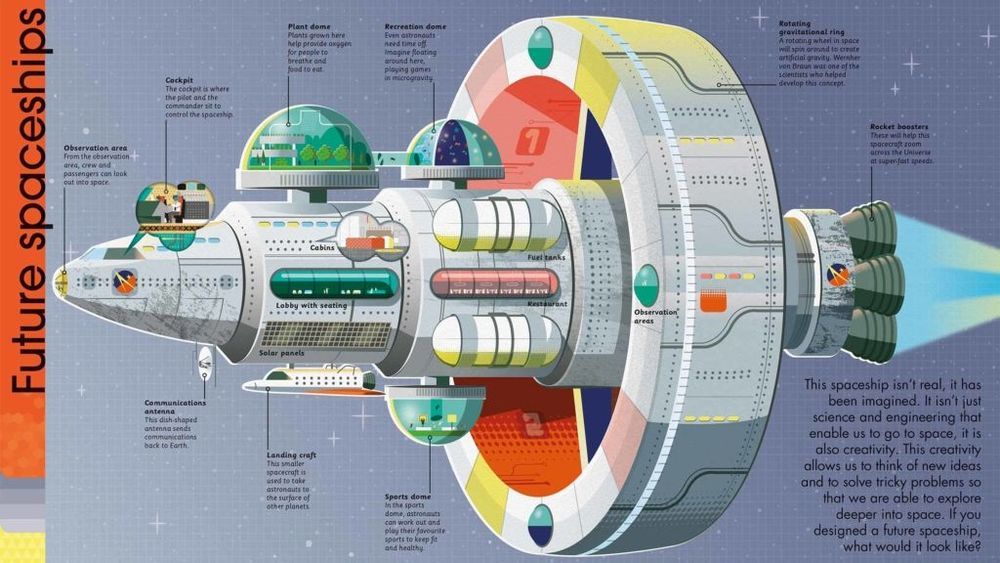Koch lands in Kazakhstan after 328 days in space, the longest continuous spaceflight by a female astronaut.
Category: space travel – Page 328
Coordinated by NASA and ESA, an ambitious effort to retrieve samples from the Red Planet faces major obstacles.
Rocket Lab is proceeding as planned with its efforts to recover and reuse spent rocket boosters from its Electron launch vehicle, and has completed its first prototype parachute for use in the recovery process. Rocket lab CEO Peter Beck announced last year that it would be aiming for reusability with the first stage of its rocket, using a system that includes the booster re-entering Earth’s atmosphere, then deploying a parachute to slow its descent so that it can be caught mid-air by a helicopter and returned to land.
Already, Rocket Lab has made good progress on its plan, with two tests under its belt of the guided re-entry par tof the process, including a launch in early December 2019, and one just last week. Now, Beck said on Twitter that the company is ready to move on to stage two, which is developing the parachute system that will deploy once the rocket has completed re-entry, to slow its rate of descent. Rocket Lab’s first parachute prototype is ready, Beck says, and the company will start testing it using low-altitude drops, as well as testing the capture process, beginning next week.
Stage 1 reusability: –Get through the “wall”
. – – Now let’s slow it down. Rocket Lab’s first prototype chute is complete. The Low altitude drop and capture test program begins next week. pic.twitter.com/SBvqxoFABg
SpaceX is already planning the next big test flight of its future Starship rocket out of southern Texas. As early as mid-March, the company is hoping to fly a test version of the vehicle to a super high altitude and then land it upright on solid ground, proving the rocket can be reused and potentially touch down on other worlds.
The upcoming test is detailed in new paperwork SpaceX filed with the Federal Communications Commission, which provides licensing to aerospace companies that are hoping to fly their vehicles to space. Specifically, the FCC allocates which radio frequencies companies can use to communicate with their vehicles during flight.
SpaceX notes in its filing that it wants special authority to communicate with its Starship rocket while the vehicle flies to an altitude of 12.4 miles or 20 kilometers — nearly halfway to the edge of space. Starship would take off from SpaceX’s test facility at Boca Chica, Texas, and the company would attempt to land the vehicle near the launch site using the rocket’s Raptor engines. SpaceX also plans to send data of the vehicle’s trajectory to both the Air Force and NASA.
3D printed catalysts and new propellant types are making rockets more environmentally-friendly.
The moon’s water could serve as a precious resource for deep space exploration, but how do we actually turn it into rocket fuel?
»Subscribe to Seeker! http://bit.ly/subscribeseeker
»Watch more Focal Point | https://bit.ly/2s0cf7w
» Visit our shop at http://shop.seeker.com
To be a space miner, there are a few things you might need: the sun, some lunar soil, a pretty powerful mirror, and the perfect angle.
Mining for resources on the Moon is no longer the subject of science fiction, instead it is becoming a central focus for the space industry today. In order to explore further in space, it is pertinent we find ways to extract and utilize space resources.
In a recently revealed exploration manifest for the Artemis program, NASA laid out a prospective timeline to establish a sustainable lunar outpost by 2028. And a key technique that’ll help make this whole vision possible is ISRU, or in situ resource utilization.
Tushna Commissariat reviews The Space Race: the Journey to the Moon and Beyond by Sarah Cruddas.
There’s no two-ways about it, the Universe is an extremely big place! And thanks to the limitations placed upon us by Special Relativity, traveling to even the closest star systems could take millennia. As we addressed in a previous article, the estimated travel time to the nearest star system (Alpha Centauri) could take anywhere from 19,000 to 81,000 years using conventional methods.
For this reason, many theorists have recommended that humanity should rely on generation ships to spread the seed of humanity among the stars. Naturally, such a project presents many challenges, not the least of which is how large a spacecraft would need to be to sustain a multi-generational crew. In a new study, a team of international scientists addressed this very question and determined that a lot of interior space would be needed!
During their yearlong mission in 2012, NASA’s twin GRAIL spacecraft made the most detailed gravitational map of the moon ever created.
Scientists imagined some innovative technologies that could enhance a future mission to Uranus or Neptune.
